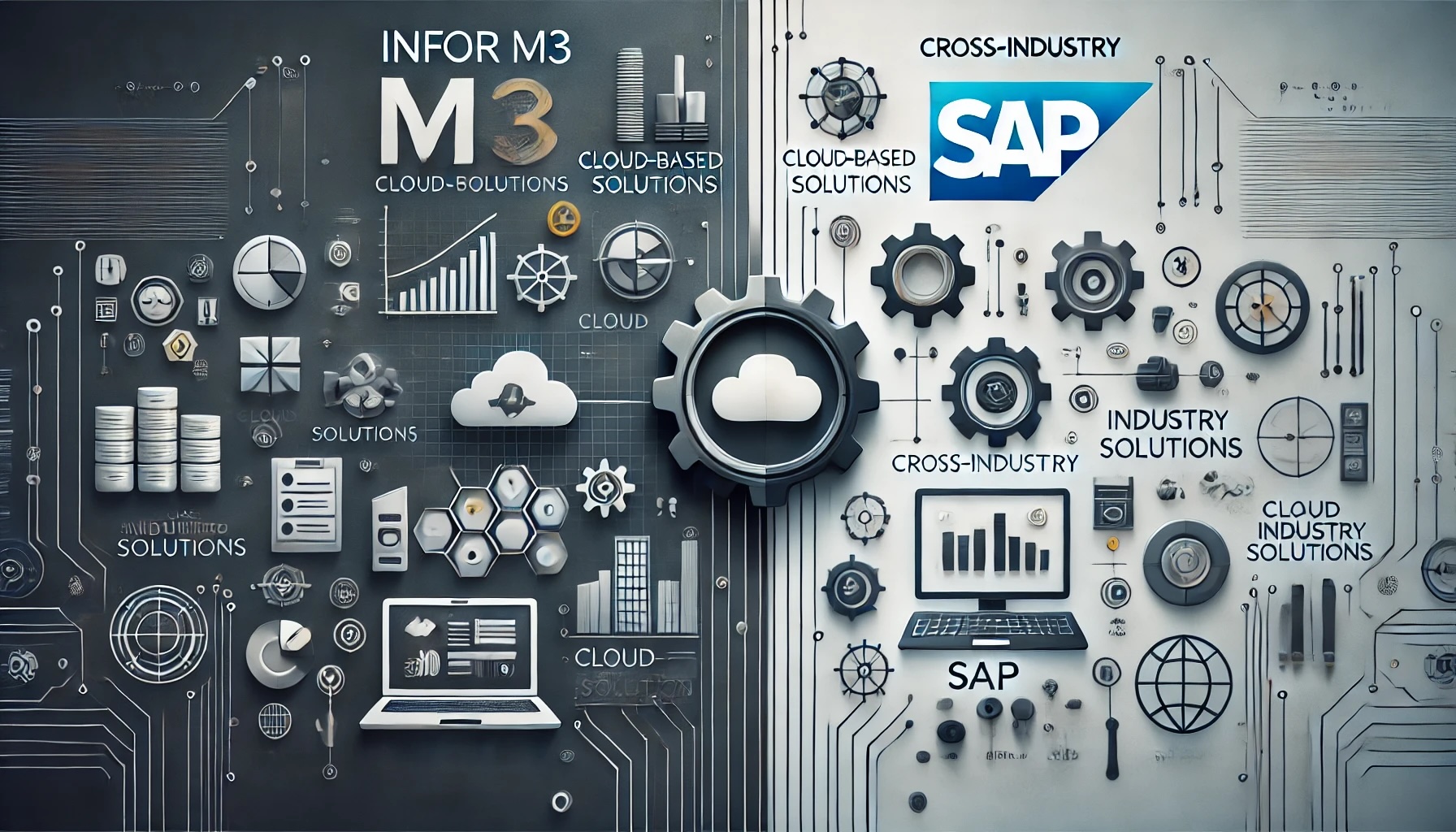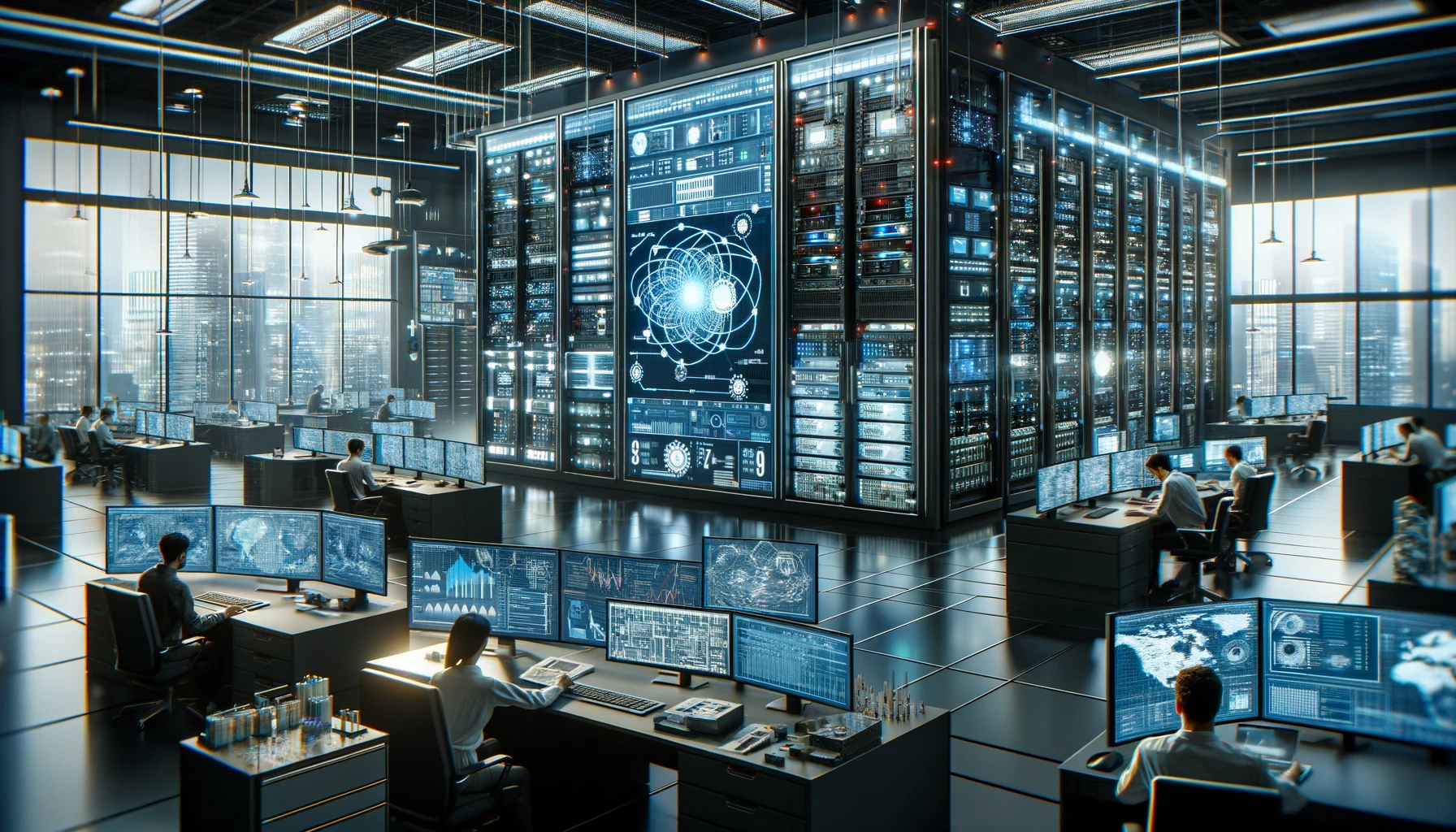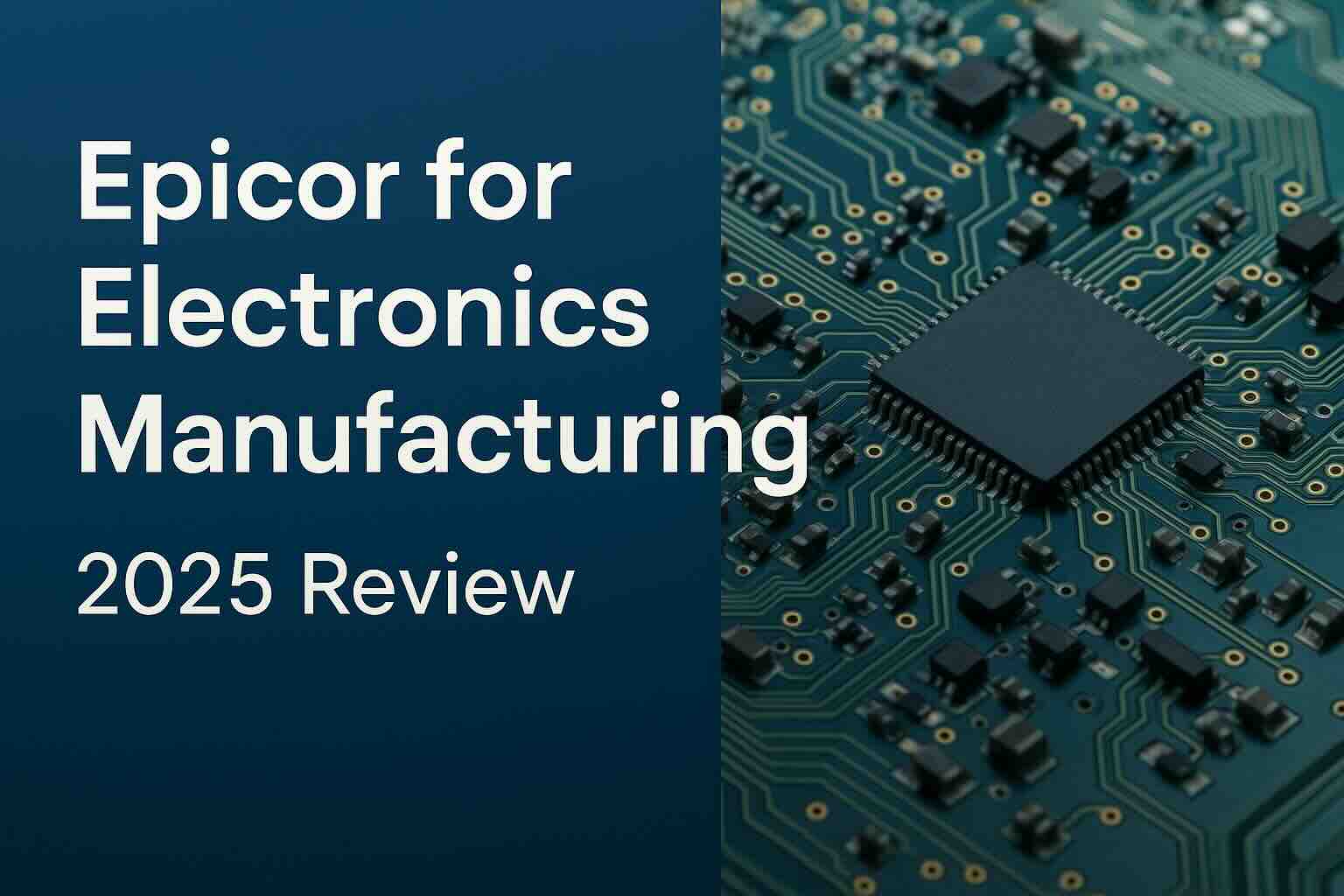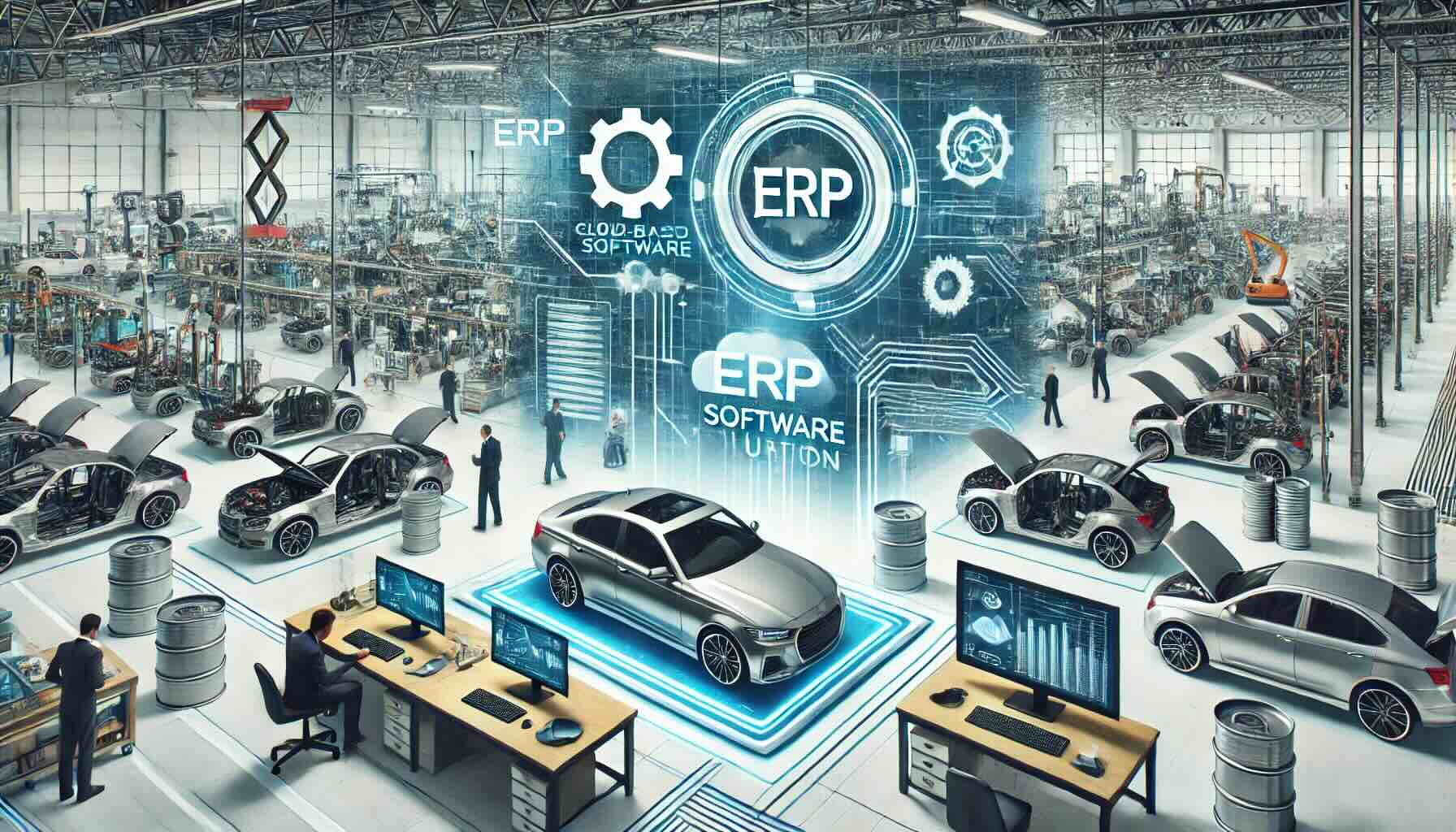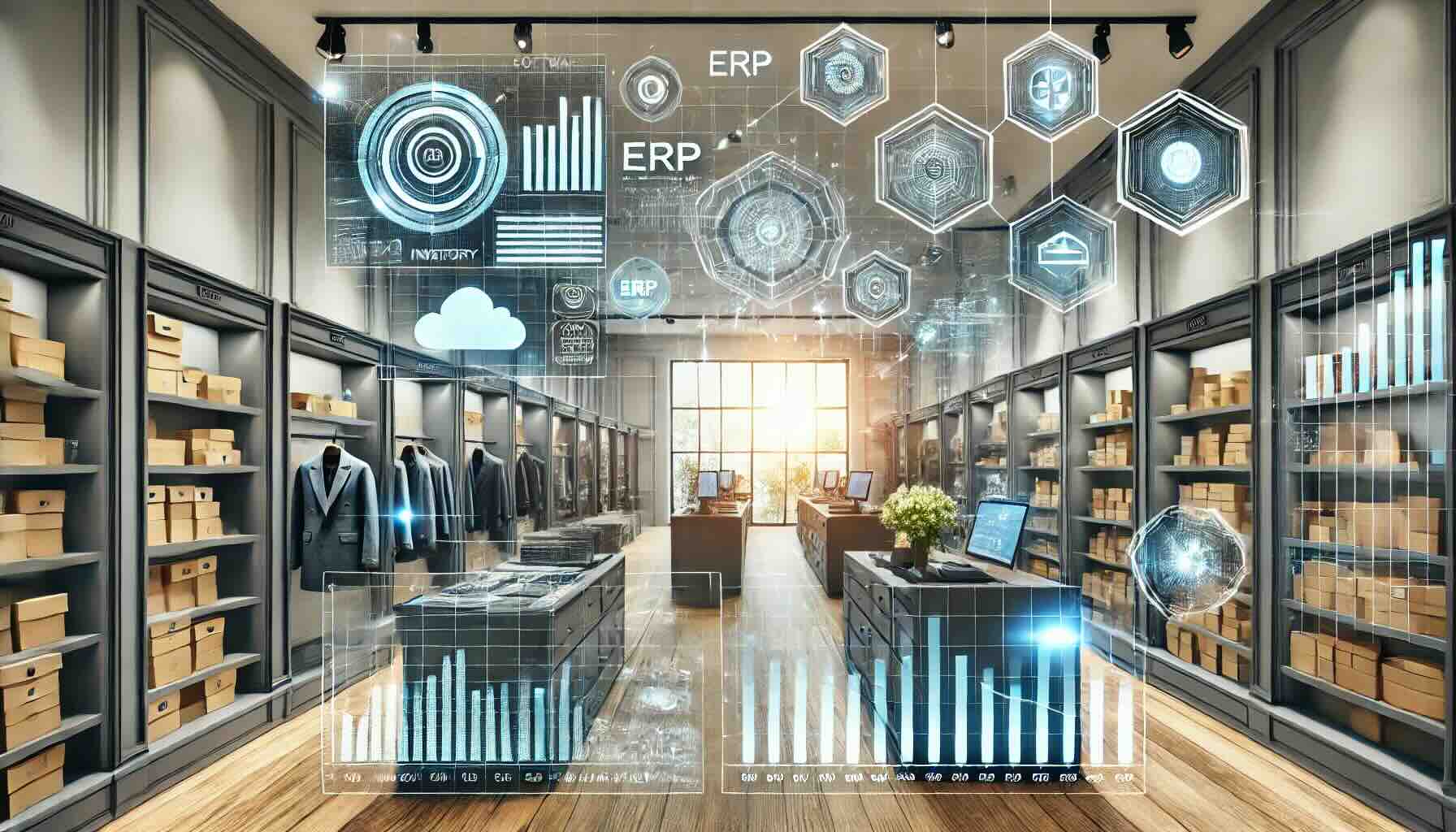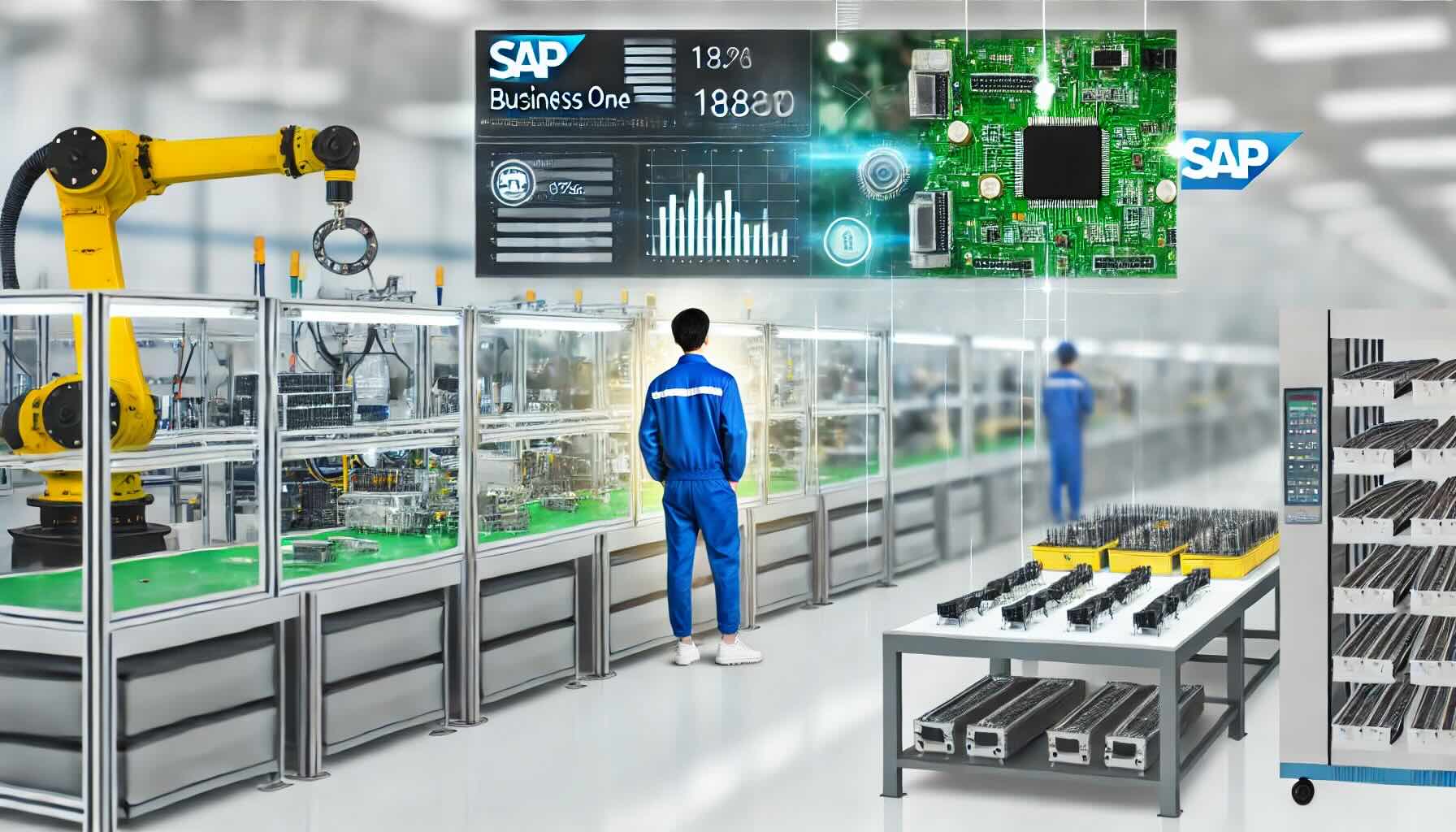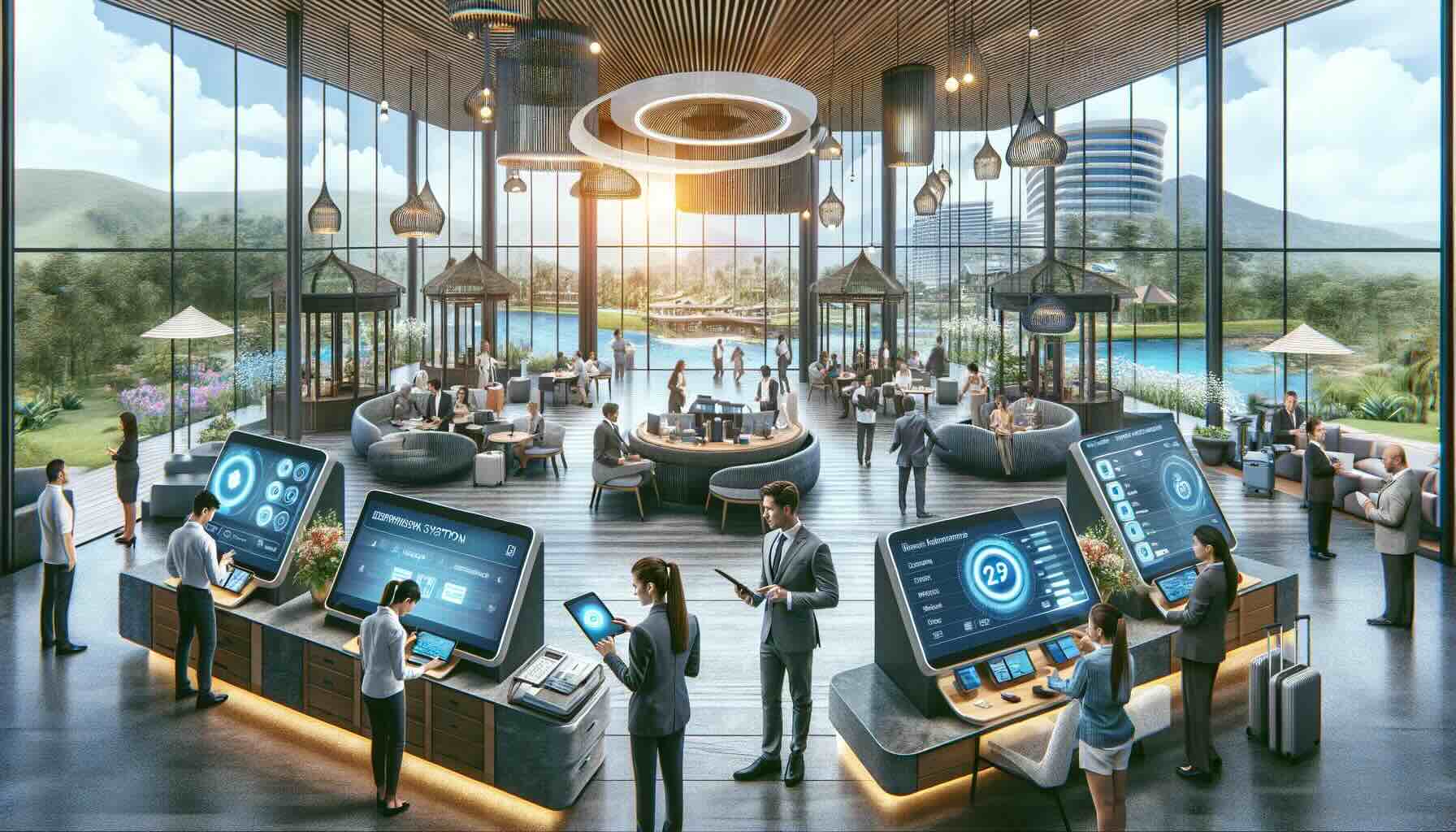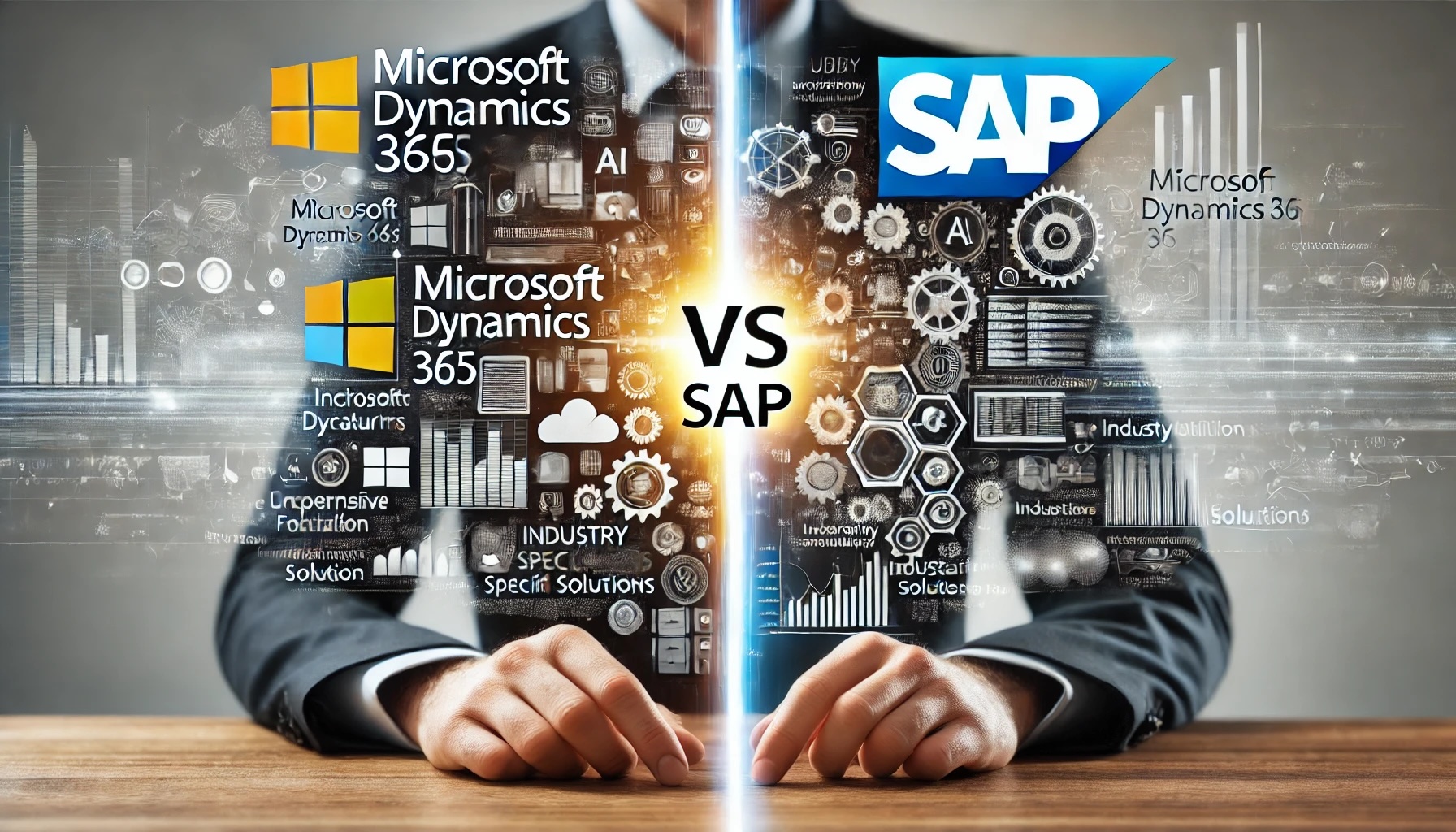ERP vs MRP: Understanding the Differences and Choosing the Right System
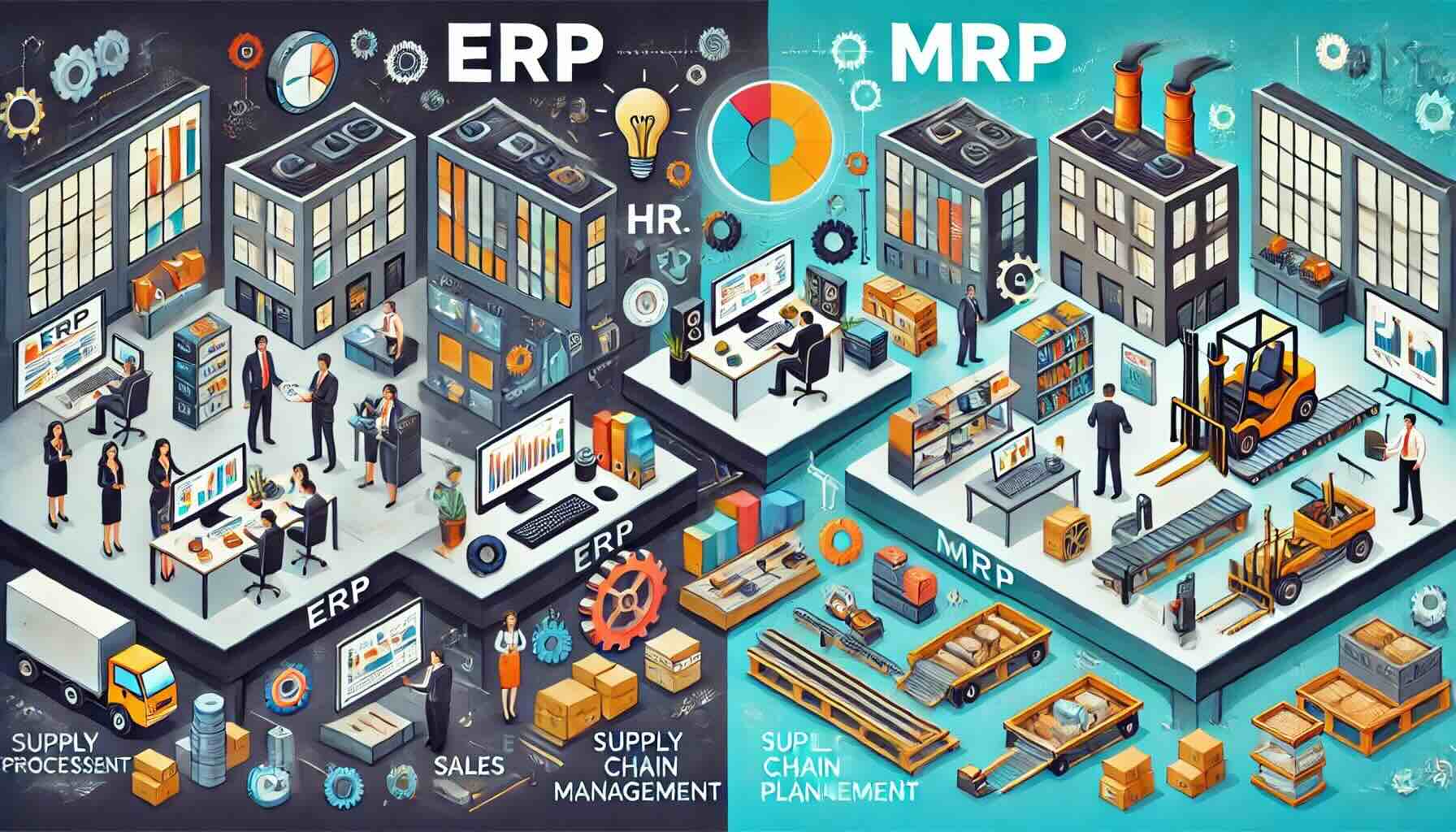
When it comes to managing and streamlining business operations, two terms often come up: ERP (Enterprise Resource Planning) and MRP (Material Requirements Planning). Both systems are designed to improve efficiency and productivity, but they serve different purposes and are suitable for different types of businesses. In this blog, we will delve into the key differences between ERP and MRP, helping you make an informed decision on which system is best for your organization.
What is ERP?
ERP, or Enterprise Resource Planning, is a comprehensive software solution that integrates various business processes across an organization into a single unified system. This includes modules for finance, human resources, sales, supply chain, manufacturing, and more. The goal of ERP is to provide a central repository of information that facilitates data sharing and communication across different departments, improving overall efficiency and decision-making.
Key Features of ERP:
- Integration: Seamless integration of all business processes.
- Real-time Data: Access to real-time data for better decision-making.
- Scalability: Can grow with your business, supporting additional users and processes.
- Automation: Automates routine tasks, reducing manual effort and errors.
- Customization: Highly customizable to fit specific business needs.
What is MRP?
MRP, or Material Requirements Planning, is a software solution specifically designed for manufacturing operations. It focuses on ensuring that materials and components are available for production, maintaining the lowest possible level of inventory, and planning manufacturing activities, delivery schedules, and purchasing activities.
Key Features of MRP:
- Inventory Management: Efficiently manages inventory levels to prevent overstocking or stockouts.
- Production Scheduling: Plans and schedules production activities to meet customer demand.
- Material Planning: Ensures that the right materials are available at the right time for production.
- Demand Forecasting: Uses historical data to predict future material requirements.
- Order Management: Manages purchase orders and supplier relationships.
ERP vs MRP: Key Differences
While both ERP and MRP are designed to improve business efficiency, they have distinct differences in their scope and functionality.
1. Scope of Functionality:
- ERP: Offers a broad range of functionalities covering various aspects of the business, including finance, HR, sales, and supply chain.
- MRP: Focuses primarily on manufacturing and production planning.
2. Integration:
- ERP: Integrates all business processes into a single system, facilitating data sharing across departments.
- MRP: Typically integrates with manufacturing and inventory management processes but may not cover other business areas.
3. Complexity:
- ERP: More complex due to its wide range of functionalities and integration capabilities.
- MRP: Simpler and more focused on specific manufacturing needs.
4. Implementation:
- ERP: Often requires a longer implementation time and significant investment due to its complexity.
- MRP: Generally quicker to implement and less expensive, focusing on specific production needs.
5. Target Users:
- ERP: Suitable for large organizations with diverse business processes needing comprehensive integration.
- MRP: Ideal for manufacturing companies that need to manage production and inventory efficiently.
Choosing the Right System
When deciding between ERP and MRP, it’s essential to consider your business’s specific needs and goals. Here are some factors to help you make the right choice:
1. Business Size and Complexity:
- Large Organizations: If you have a large organization with complex and diverse operations, an ERP system is likely the best choice due to its comprehensive capabilities.
- Small to Medium Manufacturing Companies: If your primary focus is on manufacturing and inventory management, an MRP system might be more suitable.
2. Budget:
- ERP: Requires a larger budget for implementation and maintenance due to its extensive features and integration.
- MRP: More cost-effective for businesses with a limited budget focusing on manufacturing needs.
3. Integration Needs:
- ERP: Ideal if you need to integrate various business processes into a single system.
- MRP: Suitable if you mainly need to integrate production and inventory management.
4. Future Growth:
- ERP: Scalable and can support future business growth and additional functionalities.
- MRP: Focuses on current manufacturing needs but can be integrated with other systems as the business grows.
Conclusion
Understanding the differences between ERP and MRP is crucial for selecting the right system for your business. While ERP offers a comprehensive solution for integrating all business processes, MRP provides specialized tools for managing manufacturing operations. By considering your business’s size, budget, integration needs, and future growth plans, you can make an informed decision that will enhance efficiency and productivity.
Whether you choose ERP or MRP, both systems offer significant benefits that can help streamline operations and drive business success. Choose wisely and invest in a system that aligns with your strategic goals and operational requirements.
To compare these ERP solutions and many more, you can use our new AI-powered Compare ERP tool. It’s free to use and you get a guaranteed discount on your first year’s licence fees with a referral from Compare ERP.

